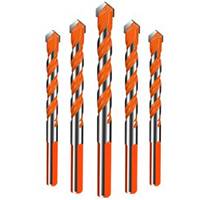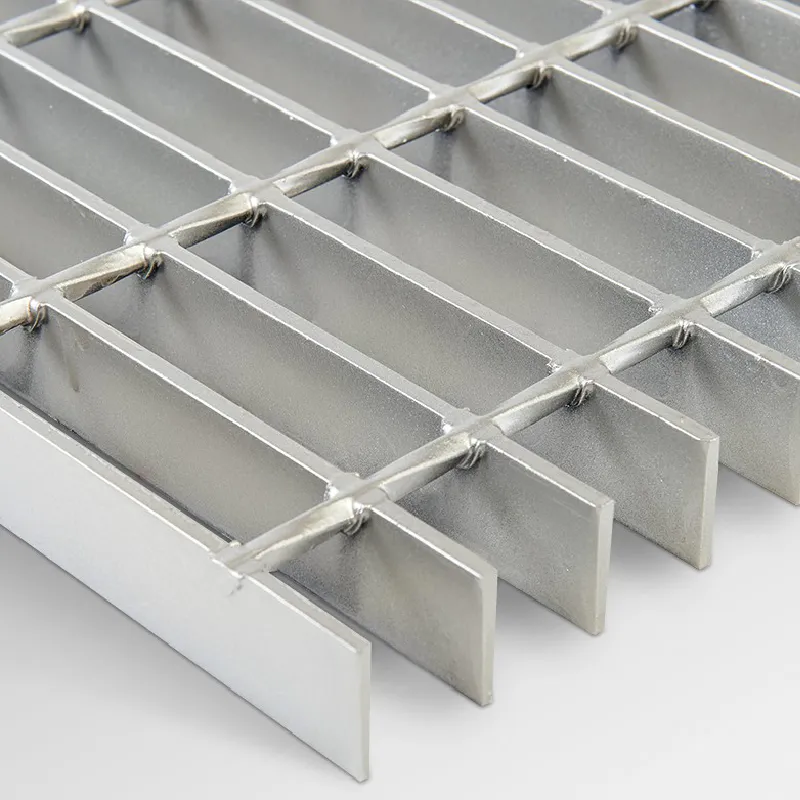- Industrial zone, South of Anping Town, Hengshui, Hebei, China.
- sales@hfpetromesh.com
- +86-18931809706
 Afrikaans
Afrikaans  Albanian
Albanian  Amharic
Amharic  Arabic
Arabic  Armenian
Armenian  Azerbaijani
Azerbaijani  Basque
Basque  Belarusian
Belarusian  Bengali
Bengali  Bosnian
Bosnian  Bulgarian
Bulgarian  Catalan
Catalan  Cebuano
Cebuano  Corsican
Corsican  Croatian
Croatian  Czech
Czech  Danish
Danish  Dutch
Dutch  English
English  Esperanto
Esperanto  Estonian
Estonian  Finnish
Finnish  French
French  Frisian
Frisian  Galician
Galician  Georgian
Georgian  German
German  Greek
Greek  Gujarati
Gujarati  Haitian Creole
Haitian Creole  hausa
hausa  hawaiian
hawaiian  Hebrew
Hebrew  Hindi
Hindi  Miao
Miao  Hungarian
Hungarian  Icelandic
Icelandic  igbo
igbo  Indonesian
Indonesian  irish
irish  Italian
Italian  Japanese
Japanese  Javanese
Javanese  Kannada
Kannada  kazakh
kazakh  Khmer
Khmer  Rwandese
Rwandese  Korean
Korean  Kurdish
Kurdish  Kyrgyz
Kyrgyz  Lao
Lao  Latin
Latin  Latvian
Latvian  Lithuanian
Lithuanian  Luxembourgish
Luxembourgish  Macedonian
Macedonian  Malgashi
Malgashi  Malay
Malay  Malayalam
Malayalam  Maltese
Maltese  Maori
Maori  Marathi
Marathi  Mongolian
Mongolian  Myanmar
Myanmar  Nepali
Nepali  Norwegian
Norwegian  Norwegian
Norwegian  Occitan
Occitan  Pashto
Pashto  Persian
Persian  Polish
Polish  Portuguese
Portuguese  Punjabi
Punjabi  Romanian
Romanian  Russian
Russian  Samoan
Samoan  Scottish Gaelic
Scottish Gaelic  Serbian
Serbian  Sesotho
Sesotho  Shona
Shona  Sindhi
Sindhi  Sinhala
Sinhala  Slovak
Slovak  Slovenian
Slovenian  Somali
Somali  Spanish
Spanish  Sundanese
Sundanese  Swahili
Swahili  Swedish
Swedish  Tagalog
Tagalog  Tajik
Tajik  Tamil
Tamil  Tatar
Tatar  Telugu
Telugu  Thai
Thai  Turkish
Turkish  Turkmen
Turkmen  Ukrainian
Ukrainian  Urdu
Urdu  Uighur
Uighur  Uzbek
Uzbek  Vietnamese
Vietnamese  Welsh
Welsh  Bantu
Bantu  Yiddish
Yiddish  Yoruba
Yoruba  Zulu
Zulu
- Afrikaans
- Albanian
- Amharic
- Arabic
- Armenian
- Azerbaijani
- Basque
- Belarusian
- Bengali
- Bosnian
- Bulgarian
- Catalan
- Cebuano
- Corsican
- Croatian
- Czech
- Danish
- Dutch
- English
- Esperanto
- Estonian
- Finnish
- French
- Frisian
- Galician
- Georgian
- German
- Greek
- Gujarati
- Haitian Creole
- hausa
- hawaiian
- Hebrew
- Hindi
- Miao
- Hungarian
- Icelandic
- igbo
- Indonesian
- irish
- Italian
- Japanese
- Javanese
- Kannada
- kazakh
- Khmer
- Rwandese
- Korean
- Kurdish
- Kyrgyz
- Lao
- Latin
- Latvian
- Lithuanian
- Luxembourgish
- Macedonian
- Malgashi
- Malay
- Malayalam
- Maltese
- Maori
- Marathi
- Mongolian
- Myanmar
- Nepali
- Norwegian
- Norwegian
- Occitan
- Pashto
- Persian
- Polish
- Portuguese
- Punjabi
- Romanian
- Russian
- Samoan
- Scottish Gaelic
- Serbian
- Sesotho
- Shona
- Sindhi
- Sinhala
- Slovak
- Slovenian
- Somali
- Spanish
- Sundanese
- Swahili
- Swedish
- Tagalog
- Tajik
- Tamil
- Tatar
- Telugu
- Thai
- Turkish
- Turkmen
- Ukrainian
- Urdu
- Uighur
- Uzbek
- Vietnamese
- Welsh
- Bantu
- Yiddish
- Yoruba
- Zulu
Feb . 11, 2025 02:13
Back to list
floor steel grating
Floor metal grating stands as a testament to architectural innovation and an essential component in various industrial and commercial applications. Its versatility and durability make it a preferred choice for projects requiring robust flooring solutions. The market offers a plethora of grating options; however, understanding what sets superior quality grating apart requires delving into the design specifications, material composition, and application benefits.
The design of the grating also plays a role in its performance and applicability. Open area design, for example, allows for efficient drainage and ventilation, ensuring that liquids and small debris are quickly dispersed. This feature is especially beneficial in industries dealing with fluids, ensuring workspaces remain clean and dry while maintaining air circulation. Additionally, adequate open spacing complies with various safety codes and regulations set forth by occupational safety entities. Installation efficiency is yet another parameter where quality grating makes a difference. Advanced manufacturing processes have led to grating panels that are easy to install, minimizing labor costs and downtime. Pre-fabricated panels can be tailored to fit specific site dimensions, ensuring a seamless fit that supports efficiency and operational continuity. The testament of quality in floor metal grating lies in certifications and adherence to standards such as those set by the American National Standards Institute (ANSI) or equivalent bodies. Products backed by certifications assure buyers of their reliability and performance, fostering trust and satisfaction. In conclusion, floor metal grating serves a fundamental role across various industries due to its strength, versatility, and adaptability. Understanding the diverse types of materials, surface textures, and installation options allows businesses to select the appropriate grating solution tailored to their needs. By prioritizing quality and complying with industry standards, companies can ensure a safe, efficient, and cost-effective operation that withstands the test of time.


The design of the grating also plays a role in its performance and applicability. Open area design, for example, allows for efficient drainage and ventilation, ensuring that liquids and small debris are quickly dispersed. This feature is especially beneficial in industries dealing with fluids, ensuring workspaces remain clean and dry while maintaining air circulation. Additionally, adequate open spacing complies with various safety codes and regulations set forth by occupational safety entities. Installation efficiency is yet another parameter where quality grating makes a difference. Advanced manufacturing processes have led to grating panels that are easy to install, minimizing labor costs and downtime. Pre-fabricated panels can be tailored to fit specific site dimensions, ensuring a seamless fit that supports efficiency and operational continuity. The testament of quality in floor metal grating lies in certifications and adherence to standards such as those set by the American National Standards Institute (ANSI) or equivalent bodies. Products backed by certifications assure buyers of their reliability and performance, fostering trust and satisfaction. In conclusion, floor metal grating serves a fundamental role across various industries due to its strength, versatility, and adaptability. Understanding the diverse types of materials, surface textures, and installation options allows businesses to select the appropriate grating solution tailored to their needs. By prioritizing quality and complying with industry standards, companies can ensure a safe, efficient, and cost-effective operation that withstands the test of time.
Share
Prev:
Next:
Latest news
-
Welded Steel Bar Grating: The Rugged Industrial Flooring Solution Built for Load and LongevityNewsJun.24,2025
-
Steel Walkway Grating: Reliable, Resilient, and Built for Every StepNewsJun.24,2025
-
Shale Shaker Screen for Sale: Optimize Drilling Efficiency with Precision Screening PowerNewsJun.24,2025
-
Shaker Screen for Sale: Elevate Your Drilling Efficiency with Durable Separation SolutionsNewsJun.24,2025
-
Press Locked Steel Grating: Industrial Strength with Precision Fit for Heavy-Duty ApplicationsNewsJun.24,2025
-
Perimeter Safety Netting: The Critical Safety Upgrade for Every HelipadNewsJun.24,2025